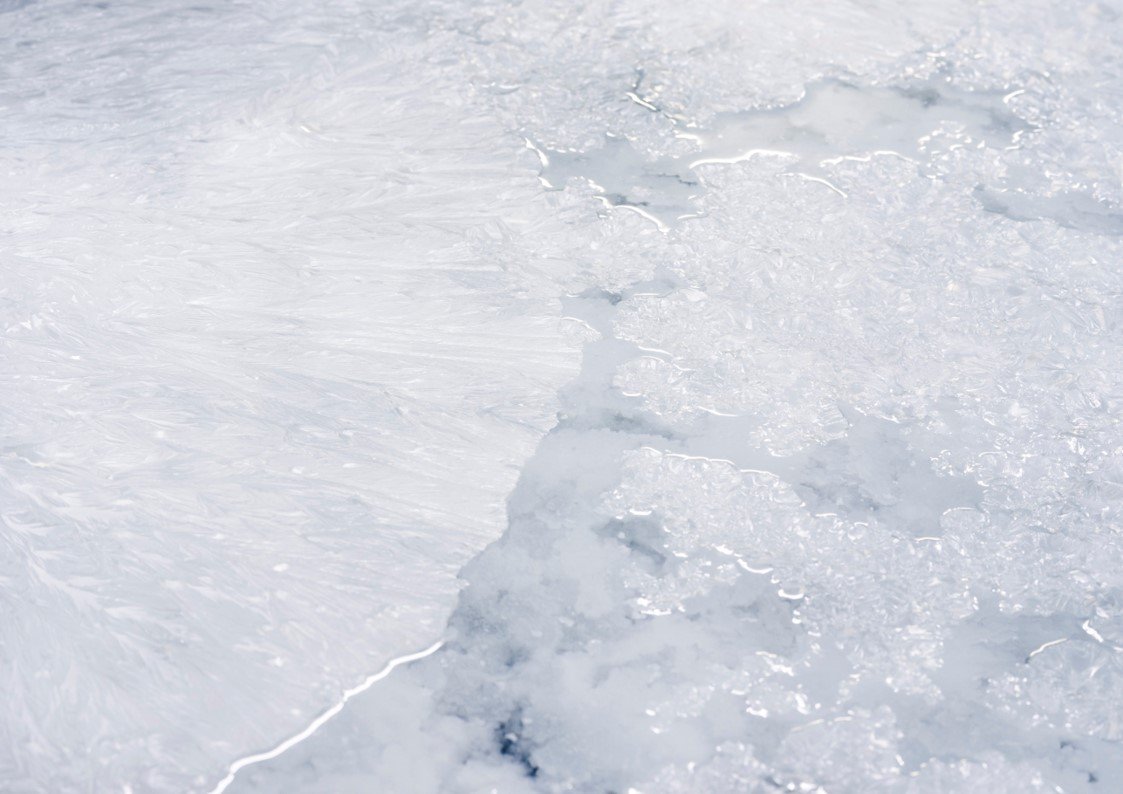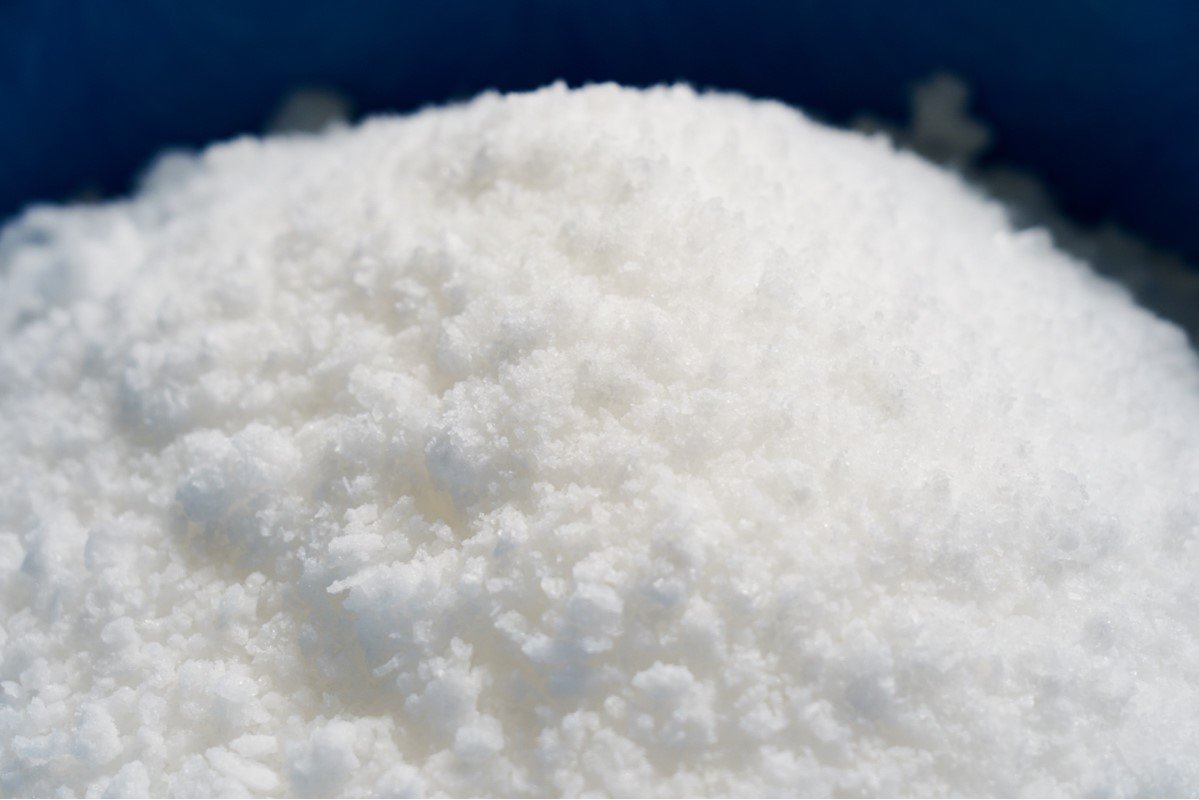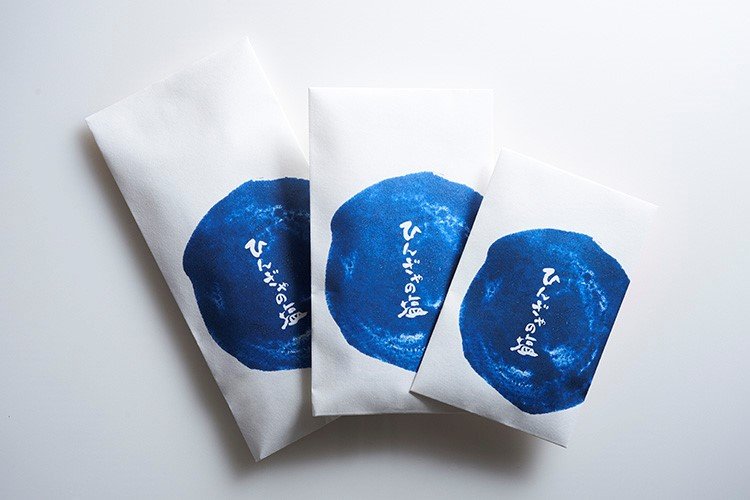Aogashima Island Gains Attention for Its Salt
Hingya Salt, produced on the isolated island using Kuroshio Current seawater and geothermal steam, is in high demand among chefs and patissiers.

A Distinctive Topography Shaped by Volcanic Activity
Aogashima, an Izu Island, possesses a striking and singular terrain—the result of a volcanic eruption that occurred in 1785—that gives way to the distinct Hingya Salt. The island is isolated in the ocean, separated from the sea by its outer ring of mountains. The exposed base of its caldera has attracted attention for its rarity and has been featured on global websites such as Smithsonian Magazine and One Green Planet.
The population of Aogashima, located in Tokyo prefecture at the southernmost tip of the Izu archipelago, was 166 as of November 2022. Aogashima village is about 360 kilometers from the center of Tokyo. By helicopter from Hachijojima Island—about one hour from Tokyo International Airport by plane—it takes an additional 20 minutes to reach Aogashima. Boat travel, also available from Hachijojima to Aogashima, takes about two hours and 30 minutes.

Geothermal Steam Results in a Unique Salt
The volcanic activity that occurred on Aogashima about 240 years ago continues to this day, and the active volcano is monitored by the Japan Meteorological Agency and recognized as having a volcanic warning rating of C, the lowest of three levels. As a result, geothermal steam is constantly rising between the inner and outer rings of the caldera. Odorless and nontoxic geothermal steam, which is emitted by the hingya, or fumarole, has been used for cooking and for natural saunas.
Hingya Salt is produced using this geothermal steam. We interviewed Yamada Arisa, a former actress and representative of Aogashima Salt Works, which processes this salt, about its production and importance to the island.

"Aogashima is windy," said Yamada, "and the ferry service is often canceled, making it impossible to regularly ship our passion fruit and other fruits and vegetables. Originally, our only processed product was shochu liquor, so we needed a new industry. In 1999, we started up our own village-owned business to produce Hingya Salt."

Rich in Calcium, Sweeter Aftertaste
There are two ways to crystallize seawater to produce salt. One involves heating it at high temperatures using thermal power or electricity, and the other involves heating it slowly using natural forces such as sunlight. Higher temperatures result in faster crystallization, which can give the salt a stronger salty flavor. Crystallization via sun drying can take about 30 days.

Hingya Salt, in contrast, is produced by a special method relying on the natural energy of geothermal steam, unique to this island, to crystallize the salt. Kuroshio Current seawater pumped early in the morning is slowly heated by geothermal steam at about 60 degrees Celsius (140 degrees Fahrenheit). Crystallization finally begins approximately two weeks later.
After crystallization begins, it takes six days before the salt is removed from the pan and four more days for the drying. After that, the salt is crushed, checked for impurities and packed into bags.

Kuroshio Current seawater is low in plankton and rich in calcium. Made slowly, over a period of one month, the moderately salty Hingya Salt contains far more calcium than ordinary salt, lending it a sweeter aftertaste. Sushi restaurants, processed food manufacturers, miso breweries, chefs and patissiers, such as those at the restaurant Mikuni Marunouchi and the Hotel New Otani Patisserie Satsuki, have fallen in love with its flavor.
"At present, everyone who works with us full-time comes from outside the island," said Yamada. "We want Hingya Salt to establish itself more broadly and to truly become a core industry for Aogashima."